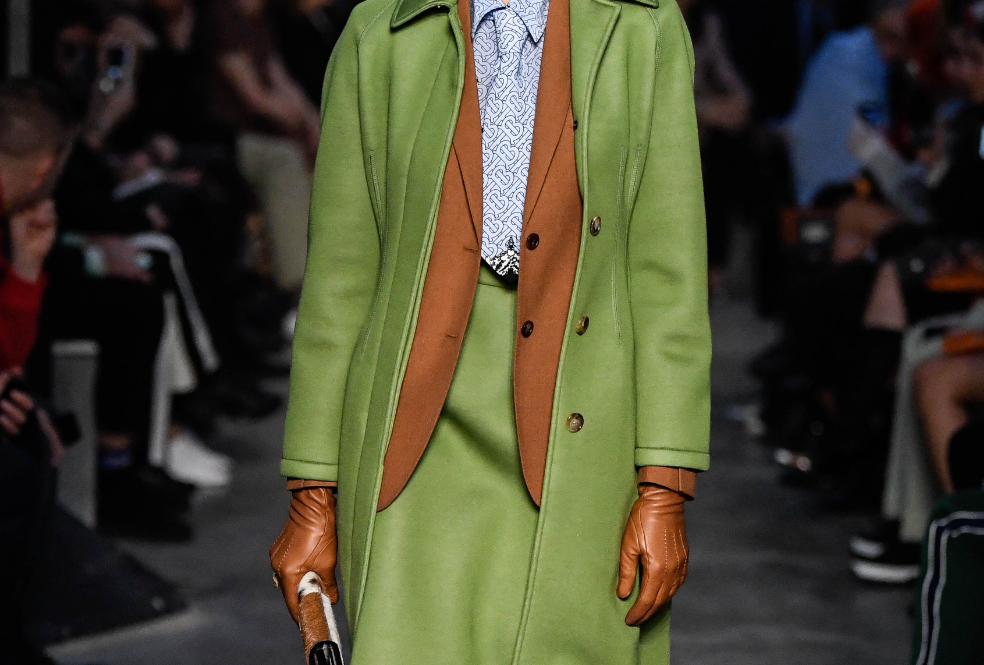
What is sustainable fashion? How to choose an eco-friendly brand?
With so much attention paid to the environmental hazards of clothing - the fashion industry accounts for 4-10% of the world's annual greenhouse gas emissions - sustainable fashion has become a buzzword, albeit one mixed with unfounded abusers. So what does sustainable fashion really mean?
In simple terms, sustainable fashion stands for clothing that is sustainably manufactured and consumed while protecting the environment and the people who produce it.
Therefore, greenhouse gas emissions, overproduction, pollution and waste, biodiversity, fair wages and safe working conditions are all key concerns for sustainable fashion.
Due to the complexity of the factors involved, there are currently very few brands that can solve all of these problems.
Even when all is done, there is always room for improvement.
This means that it's not enough to simply shop for products labeled "sustainable," we need to completely rethink our consumption habits and the way we use clothing.
So, if you want to have a green wardrobe from now on, you might as well take a look at the detailed guide below.
- Buy less, buy better
Considering that a staggering 100 billion garments are produced worldwide each year, it is worth repeating "buy less, buy better" more than three times. Harriet Vocking, chief brand officer at Eco-Age, a sustainability consultancy, suggests asking yourself three important questions before buying clothes: "What to buy? Why buy? Can I wear it more than 30 times?"
- Spend your money on sustainable fashion brands
"Buy Better" can be supporting brands that embrace sustainability, such as Collina Strada, Chopova Lowena and Bode, which upgrade old fabrics. If you don't know where to start, you can first select the category you want to buy, and then select the environmentally friendly brands among them. Sportswear includes Girlfriend Collective and Indigo Luna, swimwear includes Stay Wild Swim and Natasha Tonic, and Denim includes Outland Denim and Re/Done.
- Try secondhand and vintage clothing
Idle clothes bring a second life, reduce the impact on the environment, and may encounter precious orphan items. Even hipsters like Rihanna and Bella Hadid are vintage fanatics, and their vintage outfits are worth looking at.
- Share beautiful clothes
After the epidemic is over, if you encounter special occasions such as weddings and cocktail parties, you may want to try renting clothes.
One study suggests that 50 million of the clothes sold in the UK each summer are worn only once - a problem we urgently need to fix, as it causes one lorry load of clothing to end up in incinerators or landfill sites every second.
- Stay away from fake "greens"
While sustainable fashion is on the rise, so is the prevalence of "greenwashing" - where brands use vague, misleading or false information to exaggerate the actual environmental benefits of their products.
Therefore, when we look at labels such as "sustainable", "environmentally friendly", "environmentally friendly" and "responsible", we should further consider whether these claims are backed by actual measures.

